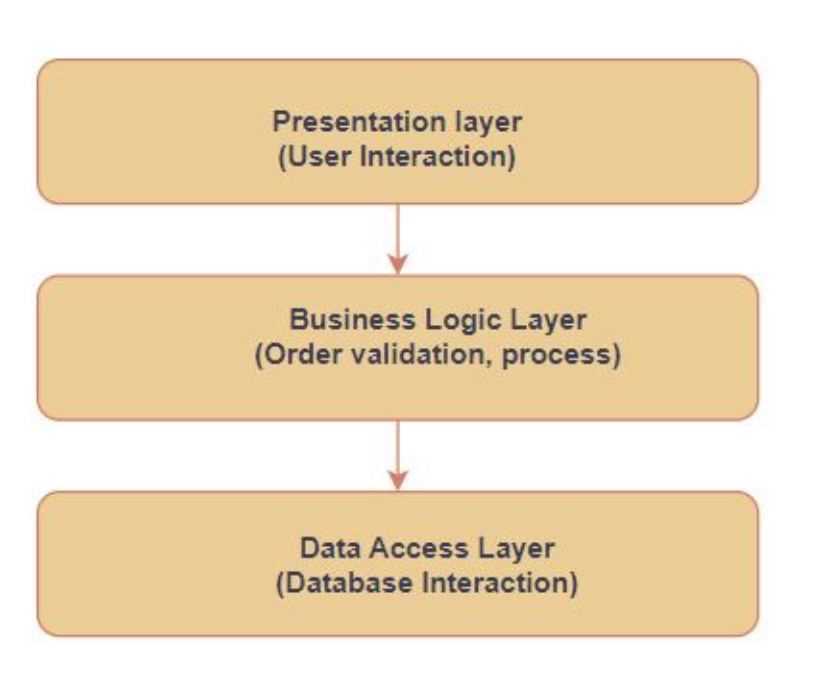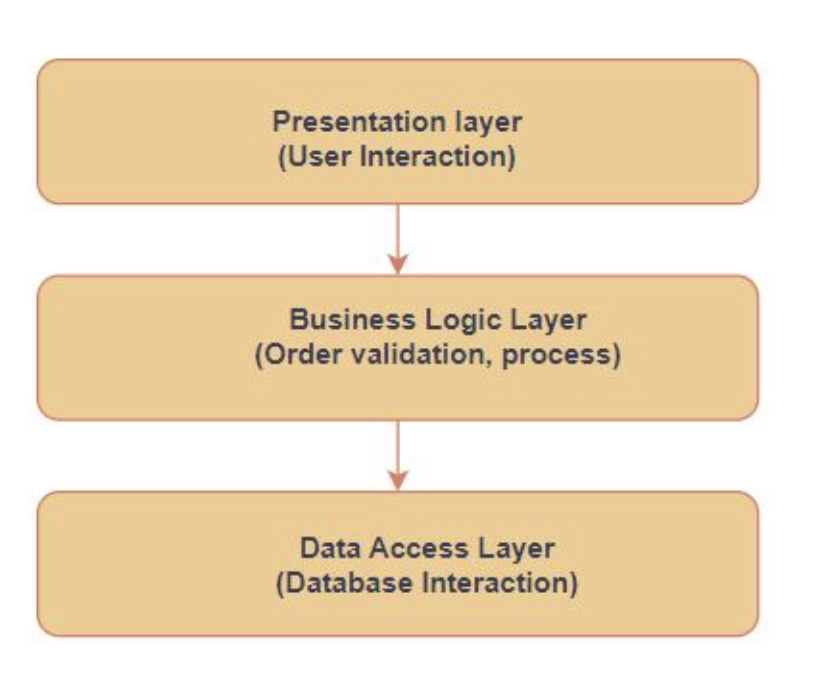Layered Architecture in Action: Managing Orders in an E-commerce App
 Pavankumar Prabhu
Pavankumar Prabhu
Imagine you’re developing an e-commerce app where users can browse products, add them to their cart, and place orders. This complex application requires a well-organized architecture to ensure smooth functioning and maintainability. That’s where layered architecture comes in.
Here’s how a layered architecture can be applied to manage orders in an e-commerce app:
Layers and Their Responsibilities:
- Presentation Layer: This layer handles user interaction, displaying product information and order details through the user interface. It interacts with the business logic layer to make requests and receive updates.
- Business Logic Layer: This layer implements the core functionalities of the application, including validating user input, calculating order totals, and managing order lifecycle (placing, processing, and updating). This layer communicates with the data access layer and uses presentation-independent logic.
- Data Access Layer: This layer interacts with the database to store and retrieve data. It provides an abstraction layer for data access, shielding the business logic layer from the specifics of the database schema.
Diagram:

Layered Architecture
Benefits of Layered Architecture in this Use Case:
- Modularity and Reusability: The business logic layer can be easily reused across different parts of the application, reducing code duplication.
- Maintainability and Scalability: Each layer can be independently developed, tested, and deployed, making the application easier to maintain and scale.
- Security: The data access layer can implement security measures to protect sensitive information.
- Testability: The separation of concerns makes it easier to test each layer independently.
Challenges and Considerations:
- Performance Overhead: Extra communication between layers might lead to performance overhead.
- Over-engineering: It’s crucial to avoid unnecessary complexity by ensuring the chosen architecture aligns with the project’s needs.
- Debugging Complexity: Debugging issues across layers can be challenging, requiring thorough understanding of interactions between them.
Conclusion:
By implementing a layered architecture, this e-commerce app can achieve clear separation of concerns, increased maintainability, and improved scalability. However, it’s important to carefully consider the challenges and choose the appropriate tools and techniques to maximize the benefits of this architecture.
Subscribe to my newsletter
Read articles from Pavankumar Prabhu directly inside your inbox. Subscribe to the newsletter, and don't miss out.
Written by
